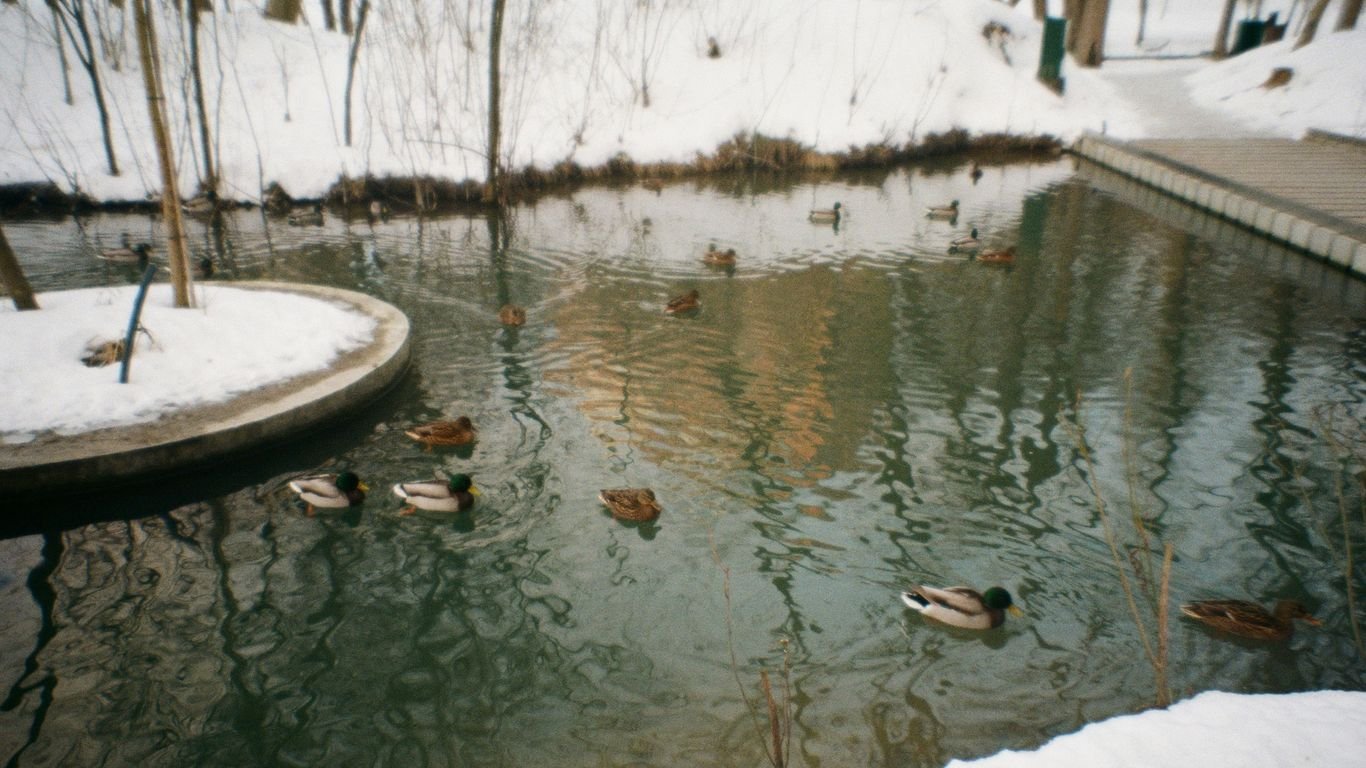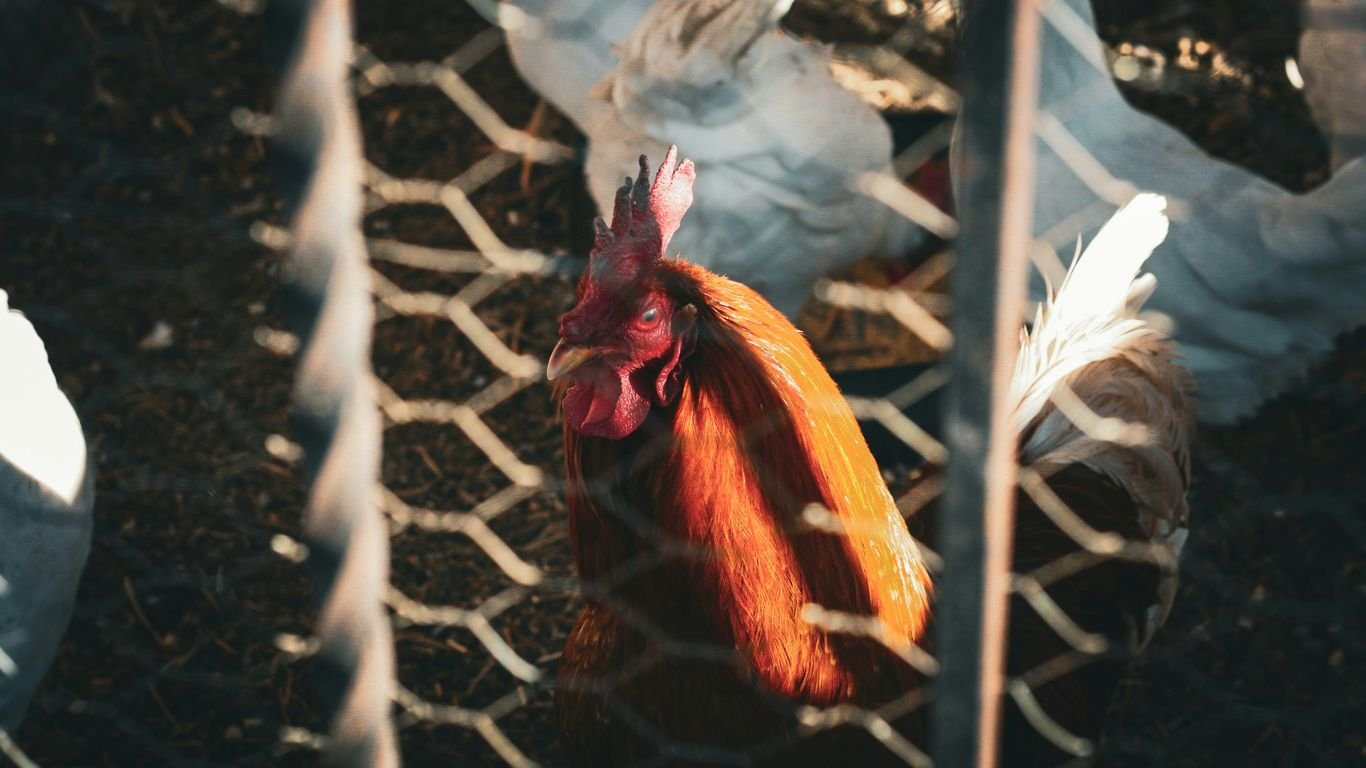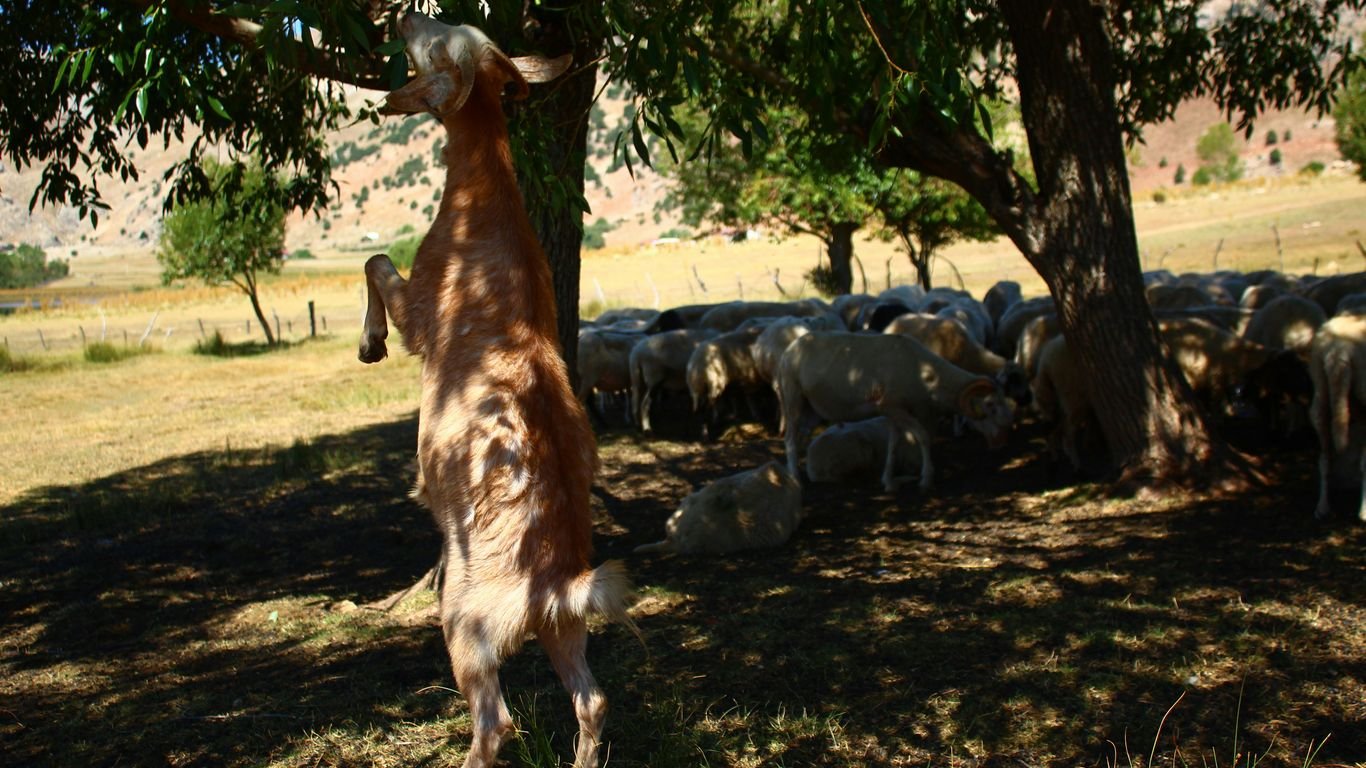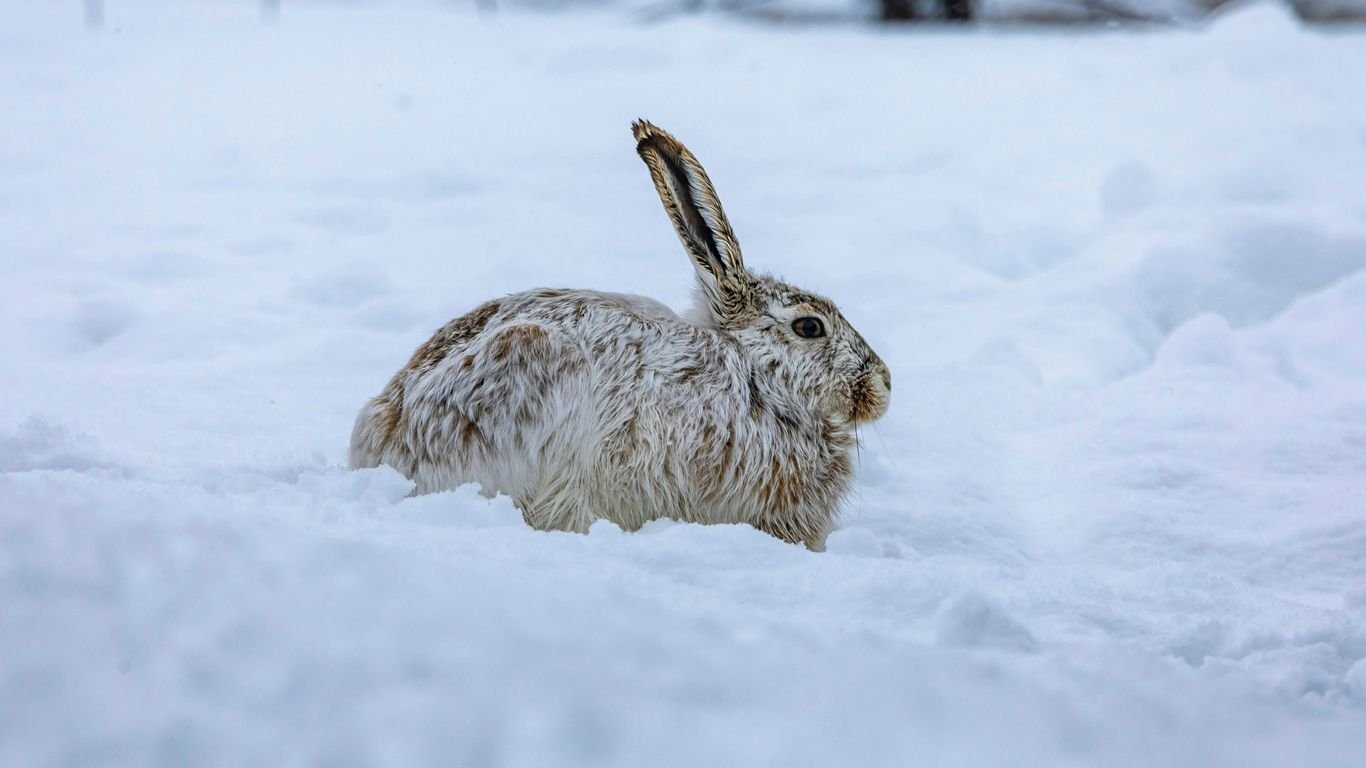Winter Duck Care: Shelter, Water Management, and Egg Production

As winter approaches, we want to make sure our ducks are comfortable and healthy. Good winter duck care means thinking about their shelter, how we manage their water, and what we can do to keep them laying eggs. It’s not too complicated, but a few key things make a big difference for our feathered friends during the colder months.
Key Takeaways
- We need to make sure our ducks have a dry, draft-free shelter with plenty of bedding, like straw, to keep them warm.
- Keeping their water from freezing is important, and they need access to water deep enough to clean their eyes and nostrils.
- Ducks might need extra calories in winter, so we can give them treats like mealworms or sunflower seeds to help them stay warm and keep laying.
- Cleanliness in their living space is super important to prevent sickness, especially in winter.
- To encourage egg laying when days are short, we can add a light to their coop for a few hours each day.
Creating a Cozy Duck Dwelling
We all want our ducks to be comfortable, especially when the weather turns chilly. Building them a good home is step one. It needs to be safe, dry, and warm enough so they don’t get stressed out.
Essential Housing Features
When we think about a duck house, we’re really aiming for a place that feels like a secure little fort for them. This means it needs to be sturdy and well-built. We want to keep out the wind and rain, and most importantly, any critters that might want to bother our flock. Think about using solid materials for the walls and roof. A sloped roof is a good idea too; it helps water run off and prevents leaks. We also need to make sure the floor is solid and can handle a bit of moisture, as ducks do tend to splash.
Space and Ventilation Needs
Our ducks need room to move around, stretch their legs, and just be ducks. A general rule we follow is to give each duck at least 4 square feet of space inside their main shelter. More is always better, honestly. But just as important as space is airflow. We need to make sure there’s enough ventilation to keep the air fresh and prevent moisture buildup, which can lead to health problems. However, we also need to avoid drafts blowing directly on them. It’s a bit of a balancing act, like keeping a room at a comfortable temperature. We usually achieve this with vents placed higher up, away from where they sleep.
Bedding for Warmth and Dryness
Bedding is super important for keeping our ducks warm and dry, especially during the colder months. We like to use thick layers of bedding material on the floor. Straw or wood shavings work really well. They soak up moisture and provide a soft, insulating layer. We check the bedding regularly and add more or change it out completely when it gets damp or dirty. Keeping the bedding dry is key to preventing frostbite and keeping the whole house smelling better. A good, deep layer of bedding also gives them something to root around in, which they seem to enjoy.
A dry, draft-free shelter with plenty of space and good bedding makes all the difference for happy, healthy ducks in winter. It’s about creating a safe haven where they can rest and feel secure away from the elements.
Here’s a quick look at what we aim for:
- Space: At least 4 sq ft per duck inside.
- Ventilation: High vents to allow air out without creating drafts.
- Bedding: Thick, absorbent layers of straw or shavings.
- Predator Proofing: Secure latches and no gaps larger than half an inch, especially if using hardware cloth. We learned the hard way that chicken wire isn’t enough for determined predators like raccoons, so we always use hardware cloth for any openings.
We also make sure their nesting boxes are comfortable and private, usually filled with soft straw, giving them a safe place to lay their eggs even when it’s cold outside.
Water Management in Colder Months

Keeping our ducks hydrated and clean during the winter months requires a bit of planning, but it’s totally doable. Even when it’s freezing outside, they still need access to water to help them digest their food. They don’t necessarily need a big swimming pool, but a way to dunk their heads and clean their bills is important.
Keeping Water Drinkable
This is probably our biggest winter water challenge. When temperatures drop, their drinking water can freeze over pretty quickly. We’ve found a few tricks that help:
- Heated Waterers: These are a game-changer. They have a built-in heating element that keeps the water from freezing. It’s a bit of an investment, but it means less daily hassle for us.
- Swap and Go: If you don’t have a heated waterer, you can use sturdy, shallow tubs. We have a couple, and when one starts to ice up, we swap it out for a fresh, unfrozen one. This works well, especially if you can keep a spare waterer in a warmer spot.
- Floating Objects: Some folks have success putting plastic golf balls or similar items in the water. They help keep the surface agitated just enough to slow down freezing.
Ducks are pretty smart, but they also love to splash and play in their water, which is how it gets messy and freezes faster. Managing their water means finding a balance between their need to drink and their desire to play.
Water for Bathing and Preening
While they don’t need a pond to swim in, ducks do appreciate having water deep enough to dunk their heads and clean their feathers. We’ve found that using large, shallow storage tubs works well. We cut a few holes in the lids, leaving some of the internal supports, so they can get their heads in but can’t really splash around and make a huge mess. This helps keep the water cleaner and reduces how quickly it freezes. Providing this kind of water access is important for their overall well-being and allows them to keep their feathers in good shape for bathing and preening.
Preventing Mud and Disease
Wet bedding and muddy areas are a duck’s best friend when it comes to creating a messy, disease-prone environment. Ducks are naturally messy with water, often splashing it out of their containers. To combat this, we try to:
- Place waterers on a raised platform or a grate. This allows spilled water to drain away from the bedding.
- Use absorbent bedding like straw or pine shavings and change it out regularly, especially around the water sources.
- Consider a double-bowl system for their water. Place the drinking dish inside a slightly larger, higher-rimmed dish. Then, pack the space between the two with bedding. This contains spills and absorbs excess moisture.
Nutrition for Winter Laying Ducks
When the days get shorter and colder, our ducks still need good food to keep them healthy and laying eggs. Think of it like this: they’re burning more energy just staying warm, so we need to give them fuel for that and for egg production. It’s not just about filling their bellies; it’s about giving them the right kind of food.
Boosting Calorie Intake
Ducks naturally need more calories when it’s cold. They’re like little feathered furnaces! We can help by adding some higher-energy foods to their diet. Instead of just their regular feed, we can mix in things like cracked corn or a bit of cooked oatmeal. These provide extra warmth and energy. A little goes a long way, so don’t overdo it, but a small boost can make a big difference.
Protein and Fat Supplements
Protein is super important for egg-laying, and in winter, it also helps keep them warm. We can add things like mealworms or sunflower seeds to their diet. These are packed with protein and healthy fats. Some people also use a bit of high-quality, unmedicated chicken feed or even a small amount of cooked eggs (from our own flock, of course!) as a protein boost. Just remember, too much protein can be hard on their kidneys, so balance is key.
The Role of Daylight Hours
Even with the best food, shorter days can signal to ducks that it’s time to slow down on laying. Ducks need about 14 to 16 hours of light per day to keep laying consistently. If we want eggs through the winter, we might need to provide supplemental light in their coop. A simple, low-wattage LED bulb on a timer can do the trick. We just need to make sure the light is on for that target duration each day. It tricks their bodies into thinking it’s still springtime, encouraging them to keep laying.
Maintaining Duck Health Year-Round
Keeping our ducks healthy isn’t just a summer job; it’s a year-round commitment. We’ve learned that a little attention to detail goes a long way in preventing problems, especially when the weather turns chilly. It’s all about creating an environment where they can thrive, no matter the season.
Hygiene Practices for Ducks
Cleanliness is super important for our flock’s well-being. Ducks can get messy, especially around their water sources, which can quickly lead to bacteria buildup. We make it a habit to refresh their drinking water at least once a day, and if it looks like they’ve really gone to town with it, we change it more often. For their swimming water, whether it’s a kiddie pool or a larger tub, we aim to change it every couple of days to keep things sanitary. Good drainage around these areas is also key to prevent muddy, germ-filled spots from forming.
Recognizing Signs of Illness
We’ve found that paying attention to our ducks’ normal behavior helps us spot when something’s off. Look out for changes like lethargy, ruffled feathers when they should be smooth, unusual droppings, or a lack of appetite. Sometimes, a duck might just seem a bit off, maybe not interacting with the others as usual. Early detection is our best tool for keeping the whole flock healthy. If we see any of these signs, we usually isolate the duck just to be safe and monitor them closely. It’s better to be cautious!
Predator Protection Strategies
Predators are a concern for us all year, but winter can sometimes make them bolder as food sources dwindle. We’ve reinforced our coop and run with sturdy wire mesh, making sure there are no gaps they can squeeze through. We also make sure all doors and openings are securely latched at night. Even something as simple as keeping the area around the coop clear of debris can reduce hiding spots for smaller predators. We’ve learned that a little extra effort in securing their home really pays off in peace of mind.
Encouraging Egg Production Through Winter
Even when the days get shorter and colder, we can still get a good number of eggs from our ducks. It just takes a little extra attention to their needs.
Breed Considerations for Laying
First off, not all ducks are built the same when it comes to laying eggs. Some breeds are just naturally better layers than others, especially through the winter months. Breeds like the White Layer are specifically developed for consistent egg production. If you’re looking for a steady supply, doing a little research on which breeds are best suited for your climate and goals is a smart move. We’ve found that some breeds are much more productive year-round than chickens.
Creating Ideal Nesting Spots
Ducks don’t need fancy nesting boxes like chickens do, but they do appreciate a clean, dry, and quiet place to lay their eggs. Since they tend to lay on the ground, a corner of their coop with plenty of soft bedding works wonders. We like to use deep straw or pine shavings. Making sure this area is draft-free and easily accessible for them is key. A few simple nesting areas, perhaps a foot off the ground with some protection, can make a big difference.
Adjusting for Shorter Days
One of the biggest factors affecting winter egg production is the amount of daylight. Ducks generally need about 14 to 16 hours of light per day to lay consistently. When winter days shorten, their natural laying cycle can slow down. To combat this, we use a low-wattage LED light in their coop. We set it on a timer to come on early in the morning and stay on until dusk, effectively extending their
Wrapping Up Your Winter Duck Care
So, there you have it! Keeping our ducks happy and laying through the colder months really comes down to a few key things. We learned that a cozy, dry shelter is a must, and managing their water so it doesn’t freeze is super important. Plus, a little extra food and light can really help keep those eggs coming. It might seem like a lot, but honestly, once you get a routine down, it’s pretty manageable. Our ducks are part of the family, and making sure they’re comfortable and healthy all winter long just makes sense. Here’s to a successful winter season with plenty of fresh eggs!
Frequently Asked Questions
How do we keep our ducks’ water from freezing in the winter?
To keep water from freezing, we can use heated water bowls designed for livestock or change their water very frequently throughout the day. Making sure they have access to liquid water is super important, even when it’s really cold outside.
What kind of shelter do our ducks need in the winter?
Our ducks need a cozy shelter that’s dry and draft-free. We should provide plenty of bedding, like straw, to keep them warm and dry. Making sure there’s good airflow is also key to prevent moisture buildup, which can cause problems like frostbite.
Will our ducks still lay eggs in the winter?
Ducks might lay fewer eggs in the winter because the days are shorter. To help them keep laying, we can give them extra food with more protein and fat, like mealworms or sunflower seeds. Adding a light in their house for about 14-16 hours a day can also encourage them to lay.
How much space do our ducks need in their winter housing?
We need to make sure our ducks have enough room to move around comfortably. A good rule of thumb is about 5 square feet per duck inside their shelter. This helps prevent them from getting too stressed and keeps the air cleaner.
What should we feed our ducks in the winter to keep them healthy and laying?
In winter, ducks need more energy because it’s colder. We should give them a good quality feed and add some extra calories through things like cracked corn, oats, or healthy seeds such as sunflower seeds. Mealworms are also a great treat that provides extra protein.
How do we keep our ducks’ living area clean and dry in the winter?
Keeping their area clean is a big job in winter! We need to change out the bedding regularly to make sure it stays dry and isn’t mucky. Placing their water source away from their sleeping area can also help reduce wet spots. Using deep litter methods can also help manage moisture.






